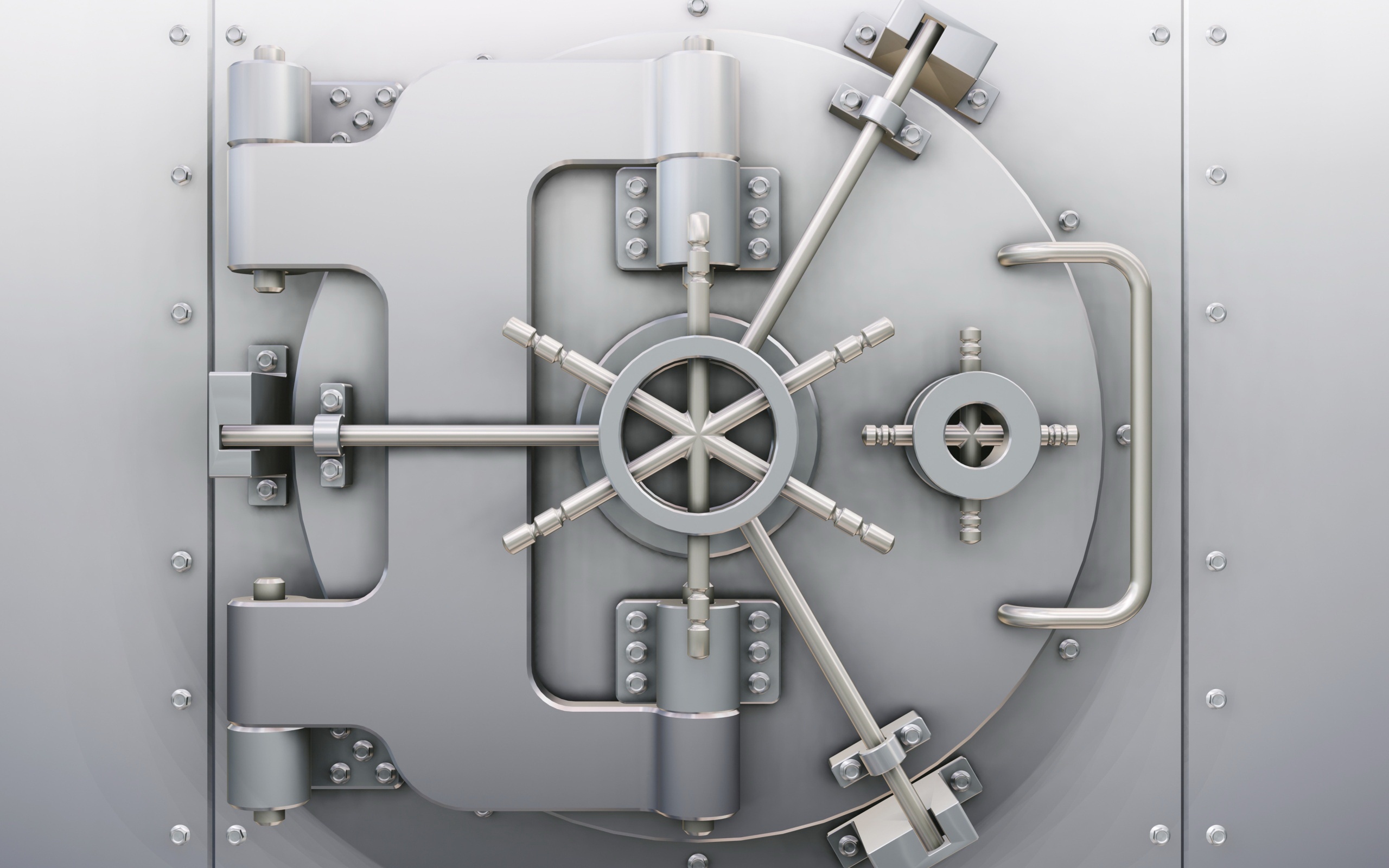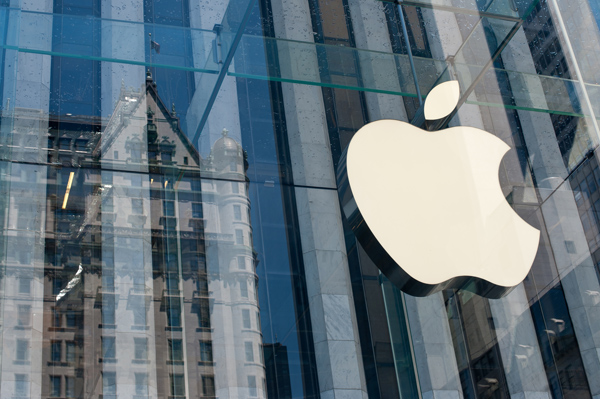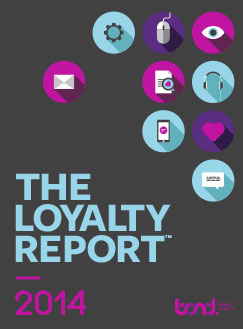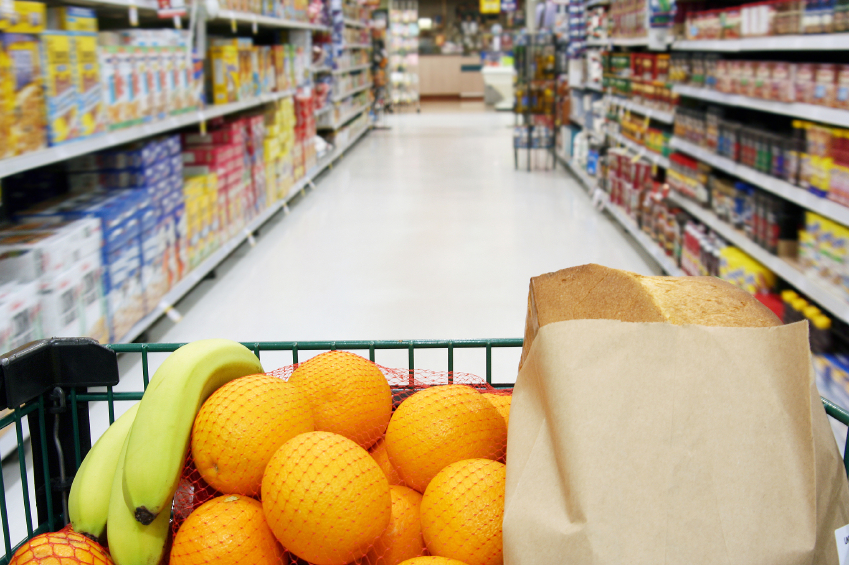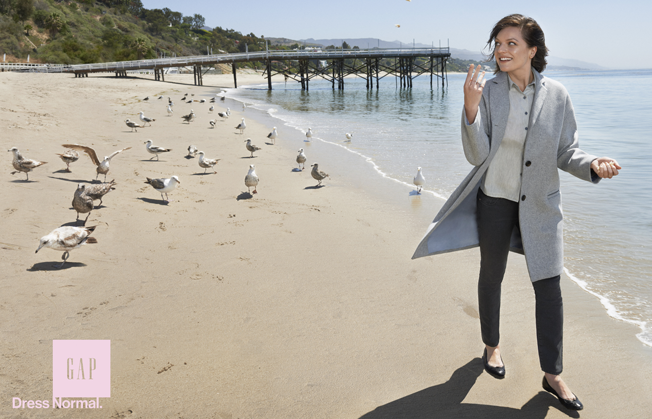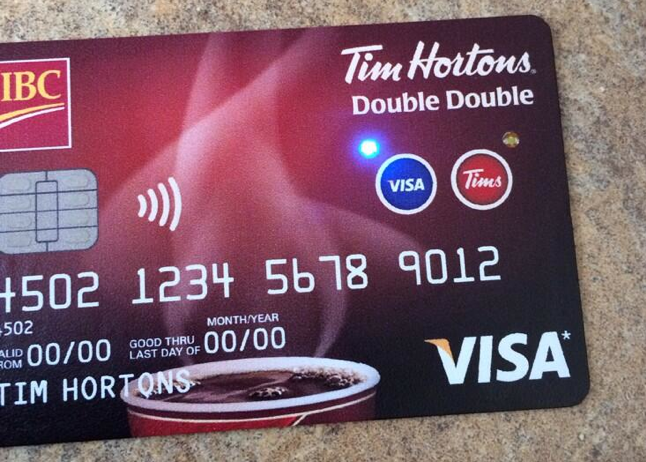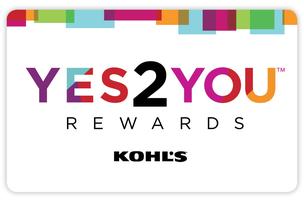Content Writer
Blog
Over the last few months, fraud prevention and detection have been coming up to a greater extent with clients. As consumers become savvier, this becomes an ever-increasing challenge. So, if you’re launching a loyalty program, here are two questions you’ll need to think about:
What measures can be put in place to prevent fraudulent activity?
And knowing that you’ll never be able to think of everything, what can be put in place to detect or alert you to fraudulent activity?
Carlo Pirillo is Bond Brand Loyalty's Executive Vice President of Digital Solutions. Carlo oversees the technology and immersive interactive assets that advance human interactions and bridges the gap between brands and people.
Loyalty is a hot topic today for brands that are looking to differentiate themselves from the competition. But, many brands are unsure how to approach loyalty beyond a rewards card or timely discount. The Loyalty Report, which surveyed over 6,000 consumers on over 160 loyalty programs, captured key insights about consumer attitudes, behaviors and interactions with brands. Though the report is rich with insights and trends, here are the top 10 takeaways from the 2014 Loyalty Report.
Attention CPG brands! You are accustomed to retailers calling the shots and controlling the consumer relationship. You have also invested massive marketing dollars on acquisition based tactics ranging from promotions, in-store media and sweepstakes to FSI's, social media and sampling programs, all to compete for the attention of the consumer. Another reality is that the consumer landscape is changing, bringing with it empowerment and brand promiscuity. It is up to CPG manufacturers to differentiate themselves and move ahead of the competition by forging a direct relationship with consumers. Here, loyalty can be a key strategy to strengthen relationships and to gain valuable data at the same time. With this in mind, we thought we'd share some of the challenges and opportunities that CPGs and retailers are facing now.
While in high school my stepdaughter appeared stamped from a mold. She and her fellow clones would wear reassuring uniforms commonly accepted in the suburbs. American Eagle, Hollister, Lululemon, and Abercrombie & Fitch among others were accepted suppliers within her peer group. These girls also adopted the same hairstyle so when clustered together I would often fail the stepfather test of locating her in a crowd (she often used that to her advantage).
As a loyal Timmies coffee drinker, I was delighted to hear that Tim Hortons had launched an “official” loyalty program; I was finally going to get a reward beyond that early-morning “ahhhh” of my first sip.
The new Double Double card has some interesting things to offer: unique technology, no fee and an easy to understand 1% back in Tim Cash. Its low household income requirement – and student card option – makes the card highly appealing to those who wouldn’t qualify for premium credit card rewards programs. As an initial foray into loyalty, this card is an excellent way for Tim Hortons to capture some data, learn about shopping patterns and spending distribution and test some targeted marketing programs. I look forward to seeing Tims broaden its loyalty offering down the road to engage more of its customers – those who are already committed to their chosen payment methods.
We tend to think about loyalty from the customer standpoint and we envision points cards and mobile rewards apps—but this view can be narrow and does not fully encompass the enterprise benefits associated with an effective loyalty strategy. Enterprise Loyalty isn’t just a consumer value proposition, but a management proposition that offers up organization-wide tools and mechanics that can help your business rationalize and optimize technologies, operations and expenditures; all the while better understanding and engaging your consumers.
When many people think of loyalty programs, points cards and coupons, they think of retail department stores. This is because many consumers’ first interactions with loyalty and rewards are in the form of a store credit card or in-store rewards card. Kohl’s, a large department chain retailer that has over 1,160 stores nationwide and with JCPenney, Macy’s and Nordstrom, is known for its competitive pricing and cause-centered fundraising with Kohl’s Cares.
“The Butler did it, in the Service Bay, with unmatched listening skills”
While you may not have played the board game Clue recently, there is compelling evidence that great consumer experience begins with an insight followed by clear and sometimes surprising action. An insight, in our opinion is a fact married to intuition. We used this insight to tackle the need for improved hospitality in the automotive sector and offer an experience that would lead to a higher rate of satisfaction and therefore greater advocacy.
In fact, loyalty increased by 17% for consumers who were completely satisfied with the service on their previous vehicle while under warranty, according to the Maritz New Vehicle Customer Survey.
It’s that time of the year again! Summer is coming to a close and that can only mean back to school and back to campus. While this can be an exciting time of the year for students, with total spending on back-to-school items expected to reach $74.9 billion, it's also a huge time for retail brands. According to the National Retail Federation (NRF) report that breaks down into $26.5 billion for back to school (BTS) and $48.4 billion for back to campus (BTC) shoppers.
